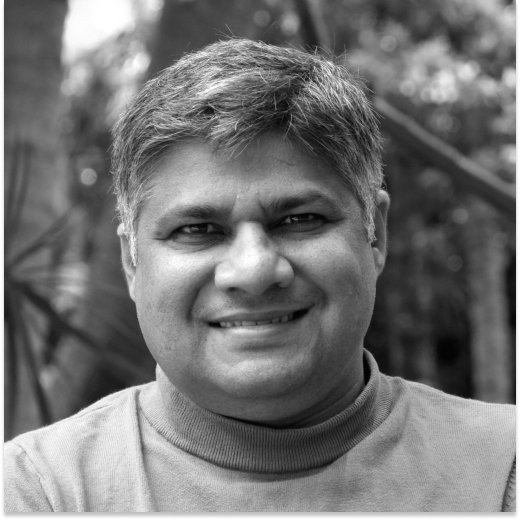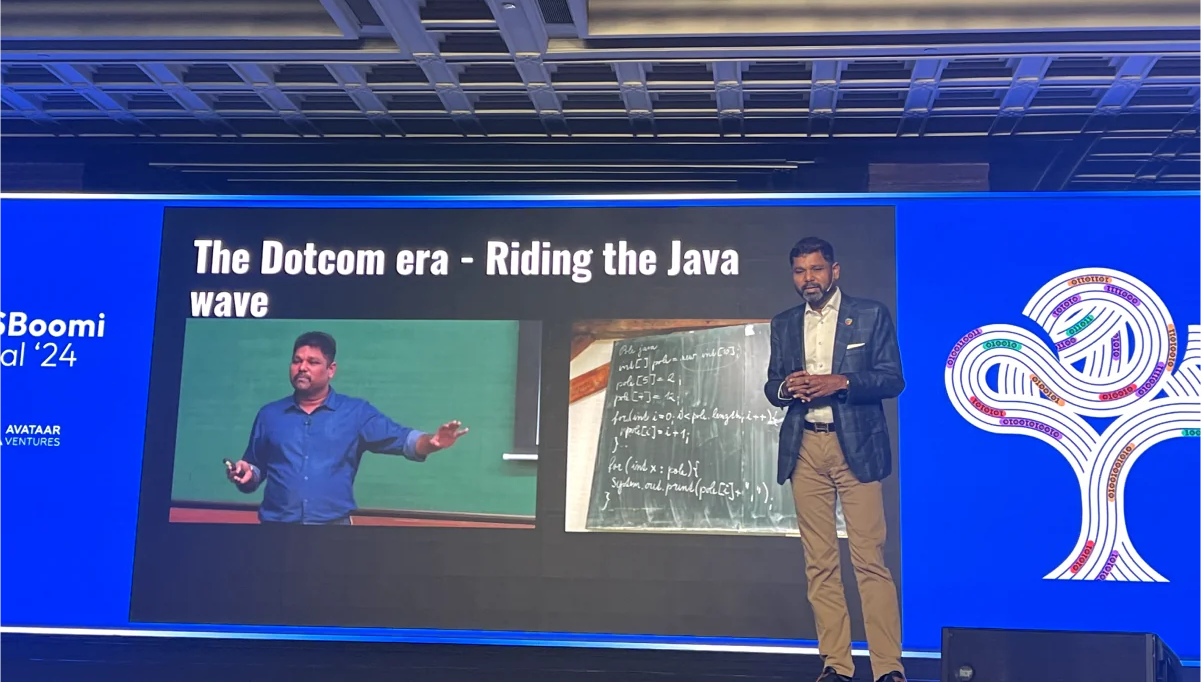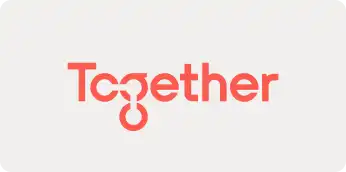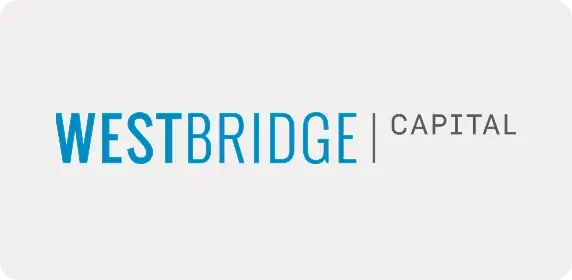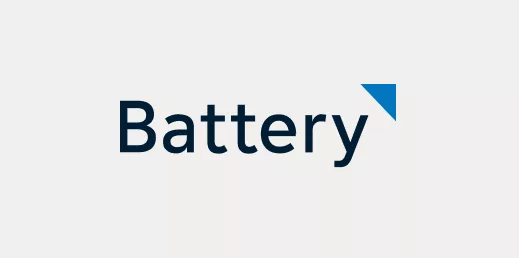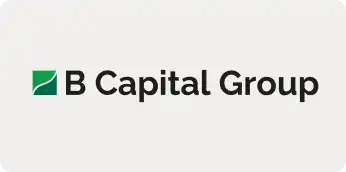“How should we build a community?”
“I like how you have built this community, what should we do to make our community more active?”
I have been getting more such questions recently, from founders and others. It is heartening to see this interest in community building, an area that I stumbled into 18 years ago, but one that has gone on to become the work I cherish.
A post by Dharmesh Shah a few days back spoke about #CommunityLedGrowth and that got me thinking about my own community-building journey. Also, having a ‘community’ that is passionate about your product, or your startup, or your area of interest is increasingly becoming critical — which is why the rise in frequency of the questions being posed to me!
I have written multiple posts in the past that have touched upon various aspects of community building. But, I wanted to put together a comprehensive piece on the topic with insights from my peers — other community builders in our ecosystem who are doing really good work and have a wealth of practical knowledge that is of great use to others. This is the first time I have done a post like this and I am very grateful to all the community builders who have shared their learnings.
I wanted to write this post so that others, who are attempting to create, nurture and grow a community, do not have to start from scratch like I did or make the same mistakes.
I have shared this before and I say it again, that much of what I did in terms of fostering or nurturing a community was not based on thought-through theories or even philosophies. It was the happy result, many times, of good intentions meeting serendipity at the right time. With SaaSBoomi, I built up on my past experiences and learnings and it has proven to be a rewarding journey.
There are few fundamental ingredients that go into building any community, but before I get into the details of the points that community designers and architects need to keep in mind, I want to underline the following three points. Keep them at the centre of your efforts at all times, and you will find they are the very essence of forging connections and building a community that truly cares:
- ☝️ First things first, building a #community begins with meeting people (one at a time) and forming meaningful relationships. Always try and help people first before asking for anything in return!
- Do not unplug your GIVER switch! 🔌 A #community is not built on the basis of expectations, so don’t help with the objective of getting something in return.
- Helping people make meaningful connections goes a loooong💨 way! However, always check before making connections and set the right context.
Authenticity & Values
The community you find yourself surrounded by is a reflection of who you are and what you want to derive from it. You cannot base a community on a false projection of your organization or the people.
This true purpose is derived from the values of the organisation or community. I think Kevin William David, one of the best community leaders out there and who is also the #1 hunter at the global community for product startups, ProductHunt, and now is the Cofounder for CreatorStack, articulates this well.
He says, “A great community is based around its values and what value (emphasis mine) it creates. Most communities get new members based on Value — that one single utility that is useful in solving a problem. But the community keeps them there based on Values — creating a sense of camaraderie that is formed from having shared beliefs and a shared mission. So in a sense the value is what the community uses to acquire new members and its values is what it uses to retain these members.”
Aditya Kothari, Co-founder of short video app Chingari that has built a community of over six crore users, makes an important point on values. “While we build communities with various people in it, the community often gets derailed from the core purpose for which we were building the community, and hence I feel it’s very important to have rules and principle values, so that we can achieve the Goal for which we started the community,” says Aditya.
You need to be very clear about why you have started or why you are starting this community. What is it that you want to achieve, what will you focus on, how will it help community members, what is the value they will derive from it, what will you take from them? These are all questions to which you need honest answers when you start out.
Also, be authentic in everything that you do. Aditya tells me, “I’ve learnt this (importance of being authentic) from all my offline experiences and observations. A society turns into a good community when the people in it are authentic to each other in their ‘asks’, needs and wants…We keep talking to our community and learn and ask them in order to build a good product that they would have the desire to use.”
Interactions & Collisions
People become part of any form of community because of the interest they have in the purpose and values of that group and because of the opportunity to make meaningful connections with others who share their purpose.
You can build a successful and engaged community only if it offers an opportunity to its members to make these connections.
Amit Singh, who co-founded Headstart, one of the oldest communities that supports entrepreneurship and startups at a grassroots level, calls these ‘collisions’.
Amit says, “The main motivation in the early stages of a community is to enable collisions.”
Pramod Rao is building a product called Threado, which integrates all the engagement tools people use for community management on a single dashboard. Before starting Threado, Pramod was VP Marketing at Zomato.
He also places a lot of importance on this aspect of connections. Pramod says, “The more open you are to connecting, helping, and sharing with the community, the more you set the community members up for serendipity. Our main role as community builders is to create opportunities and spaces for members to be themselves, connect with and help each other. You can add value by getting to know your community members 1:1, listening to them, and helping solve their problems (e.g. connecting them to someone relevant). Every interaction is an opportunity to add value and delight members.”
CreatorStack’s Kevin links adds to this. He says, “The superpower of a community is the interaction between its members — these exchanges are where value is created. The challenge with managing a community is fuelling and rewarding these interactions. You want community members to learn right from the start that the key to unlocking value for themselves is to create value for others. If new members aren’t motivated or don’t understand how to create value, they are likely to disengage and leave the community eventually.”
(You can read my thoughts on how sharing binds communities together here)
Kevin says when he first started out, he thought having a large number of members is what made a community successful. “But I was wrong. What’s more important is having a certain amount of engagement. A small number of highly engaged members is far more valuable than a large number of barely engaged members. Because engagement creates more engagement and eventually more members.”
This, I believe, is an extremely important point because many of us equate big numbers with success. But in a community, it is engagement between members, the value they derive from each other, and the contributions they are able to make to others or to the community as a whole that leads to success. When you look for tools to evaluate the success of your community, use those that quantify engagement and value creation and not just absolute numbers.
For high engagement and value creation knowing what the community needs is very important. “Keep your ears always open to what your community wants. A community is only as powerful as the network of its members. A community is more powerful when all the players work in collaboration and not competition,” says Deepika Jain, who is building the Community at Blume Ventures.
Long Term & Consistency
You cannot be impatient when you are building a community. It takes time and effort, it takes days and weeks of unglamourous grunt work to get a community going. But, no question that this work is highly rewarding.
“Stay consistent and magic will happen. Usually, the first six months, it doesn’t feel like it’s worth it, and the effort-to-result ratio is pretty discouraging. Next six months, things start looking good, momentum picks up and the results are encouraging. Another six months of consistent activity riding the momentum often leads to Magic, where completely unbelievable results get produced. Replace six with three or 12 depending on your frequency of engagement and/or domain,” says Headstart’s Amit.
The key here is consistency. You cannot dream of building a highly engaged and effective community if you are not putting in the effort every day — introducing initiatives, meeting people, getting conversations going, and creating the collisions I mentioned earlier.
Priya Kale, who leads all community engagement initiatives at Elevation Capital, highlights the importance of consistency especially while using Content as a key driver.
“If you’re out of sight, you’re out of mind,” she says. She adds a very important point about experimenting. Being consistent does not mean doing the same things over and over again. That is sure to cause fatigue among the members or users — your audience. “Don’t be scared of failure as they are an opportunity to learn and for you to be better in tune with what your audiences want. Don’t be scared to try out something new because you’ll never know whether it works till you try it out,” says Priya.
I have realized that personal touch and adding custom elements really help create deeper connections.
Threado’s Pramod says, “Communities go from 0 to 1 by doing things that don’t scale. Meeting users one-on-one over coffee, sending hand-written notes, foodie meetups, and ensuring every query was resolved at the earliest with a non-automated response were a few of the things that helped us shape the community during the formative years of Zomato.”
Such thoughtful gestures make a community member feel valued.
Another point many community builders concur on is sustainable building. Ritu Mukherjee, who is leading CommunityLedGrowth at LXME, an investment platform for women, shares this learning when it comes to building a community sustainably.
“Start slow but sure. Communities need to be built on a self sustainable model and require the early adopters and power users to be THE exact target audience or the ideal user persona for whom the community has been initiated for. Hence, acquire members selectively, which is a gradual process and slows down growth initially. These community members/users are critical to set the tone and culture of the community along with the community owner/manager/brand. These members will attract similar members to the community kickstarting the network effect at scale. They will influence the quality of conversations and intensity influencing newer members,” says Ritu.
The focus needs to be to initiate the self-sustaining flywheel where community members and initiatives trigger network effects and add to growth.
Zainab Bawa, who runs HasGeek, one of the largest communities for tech practitioners in India, says sustainable communities are those that stay relevant. This goes back to the point made by Priya on not being afraid to experiment. Your community members’ needs and wants will change and evolve over a period of time and so should your offerings for them. This ability to stay relevant over a period of time is what will keep bringing the members or users back to the community.
To ensure that you are building sustainably and staying relevant, you need to be thinking long term, as Vikas Malpani, Co-founder and CEO of new age audio and video discussions focused social network Leher, asserts. Vikas who is also Co-founder of Commonfloor, adds, “Have patience and keep Building. Money can’t build your core community. You have to care about the cause.”
This is an important characteristic that people tend to forget. That throwing money can only do so much when it comes to building a community. There is no substitute for actual value creation.
Expectations & Rules
A community needs to be, at its core, a safe place for its members where they can be themselves and have open discussions free from judgement. But that does not mean a no-rules environment. On the contrary, clear-cut, well-articulated rules will go a long way in ensuring the community is equally accessible to all members. Expectation-setting is closely linked with rules, because a community does require guidance or it can get pulled in discordant directions.
As Padmini Janaki, Co-founder and CEO of pregnancy tracking app and tracking guide Mind and Mom, says, “Listening to everyone will not take you anywhere. Now you need to take a side. My most extensive learning here is to make fair judgments and make decisions. Not all will like you, and that’s okay. As a community builder, you create rules, solve issues, and look like the best human.”
She makes other key points, especially on setting expectations. Everyone has expectations and each may be different. Those whose expectations are not aligned to your purpose might leave. Others may try to push the community in a different direction that is in line with their point of view. These are tough scenarios to handle especially in volunteer-driven organisations where people have volunteered their valuable time and effort.
“In these areas, you may have to take a call and set the expectations and limits. These may make you a not-so-nice-person in the room, and you should be okay with that. However, practically when you’re running a community, some people will hate you, and you need to understand you cannot make everyone happy in a healthy community,”
says Padmini.
(You can read my thoughts on building a volunteer-driven community here)
This is why I stress the above point — defining who doesn’t belong is as important as understanding who belongs.
Ensuring you have a core group of people who are willing to go over and above is critical. There is always the risk of fatigue or burn-out in those running the community or those doing the grunt work, especially in volunteer-driven groups. On the other hand, there is the real chance of the person who is most willing to put in time and effort dominating the group, even if it is to the detriment of the whole. This is why HasGeek’s Zainab suggests rotating stewardship.
Pramod says, “A community grows only when the members feel empowered and when you decentralise control. Distribute community responsibilities to most active contributors and remove yourself as the bottleneck.”
Finally, you must keep in mind that there is never an end-point to building a community — it is always an ongoing process. You can never stop. The day you stop building the community, the community dies.
We are excited to launch District52 — The Closest Network of Community Designers. If you know someone who could be a valuable member of this community or if you would like to share something with me, please share it with me at avinash@saasboomi.com
Watch this space for more thoughts and insights around community building.
Thanks to Suhas Motwani and Deepika Jain for reviewing this piece.


